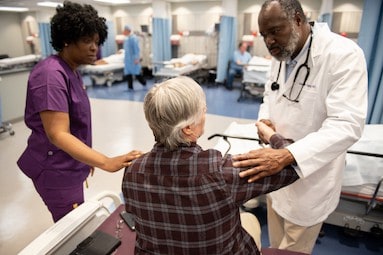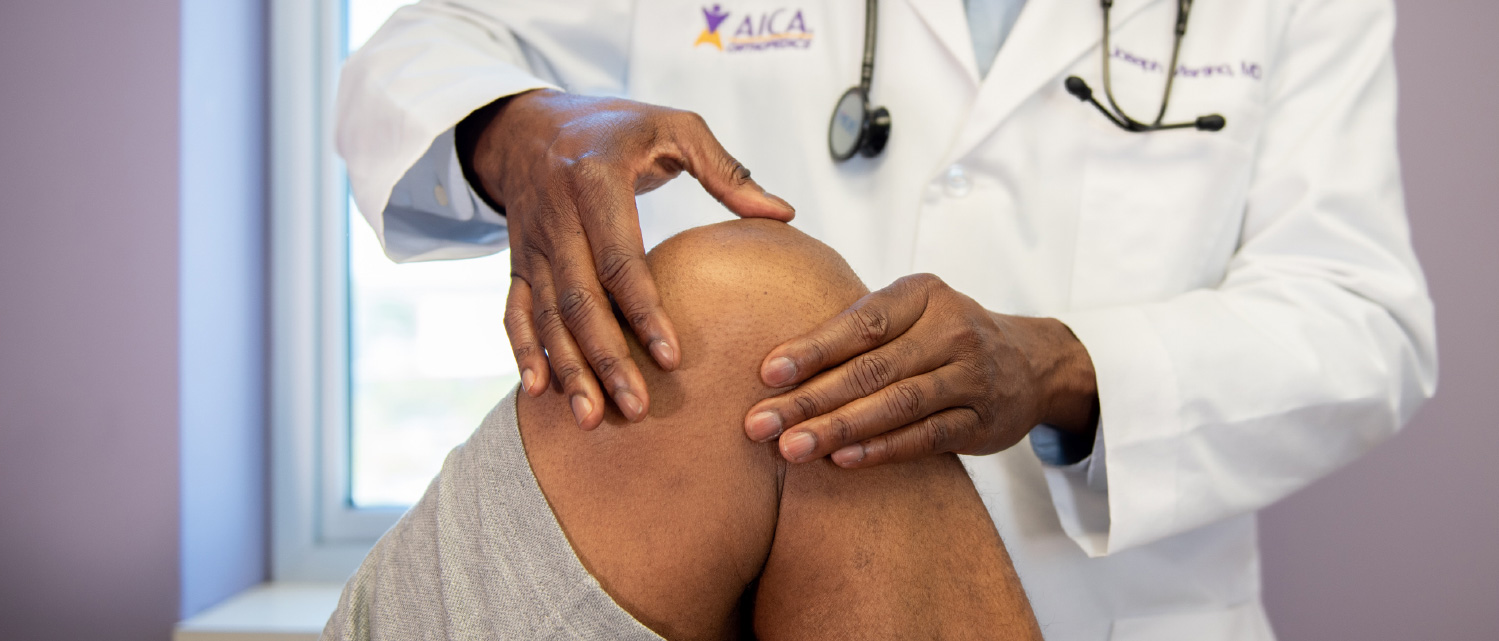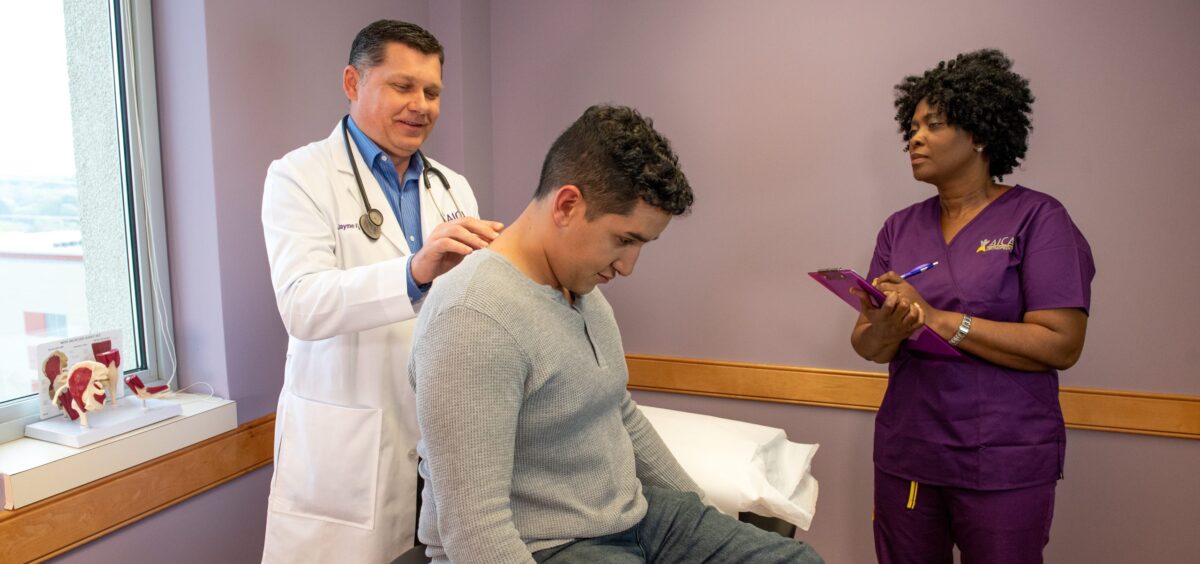How Might Someone Sustain an Anterior Shoulder Dislocation?
Older adults sometimes sustain these anterior shoulder dislocations when they fall while reaching for something. Their arm will be extended toward the object or railing, or they might have extended it to break their fall. Instead of providing the brace they were intending, unfortunately sometimes this action can cause a shoulder injury. Others might suffer an anterior dislocation when they have one of their arms raised above their head and a strong impact causes their upper arm bone to come out of the socket from the shoulder joint. The most likely scenario in which a younger person suffers from this type of injury is in the case of a sports injury. The child or adolescent will likely be in moderate to severe pain if they dislocate their shoulder.
What Are the Telltale Signs of an Anterior Shoulder Dislocation?
For most who have endured a dislocation, the pain or nature of the incident is a strong enough indicator to let them know that they have a problem that needs medical attention. In other cases, there are a few other symptoms that can be watched for in order to self-diagnose:
- Swelling at the site of the shoulder injury
- Inability to move the shoulder joint; if movement is possible, it will be severely reduced
- Bruising to the area where the pain is localized
- The shoulder joint may appear distorted – for an anterior dislocation, the arm often appears to be more square than the usual rounded appearance
- You may also be able to see the humerus jutting out, whereas it will normally not be visible
When you have assessed your condition and determine that there is cause for concern with your shoulder injury, you should seek medical attention. From there, your doctor will be able to confirm your suspicions through the use of a physical examination of the shoulder joint, particularly as compared to the uninjured shoulder on the other side, and potentially diagnostic testing to better visualize the injury.
















